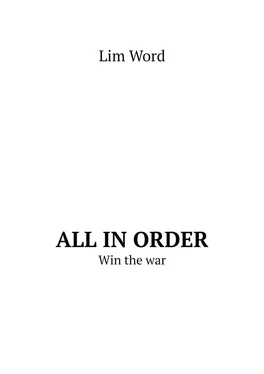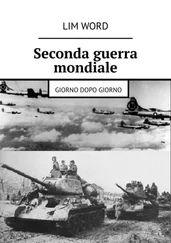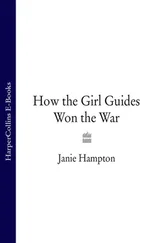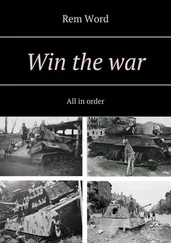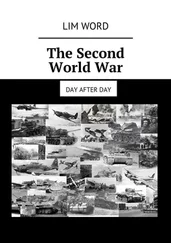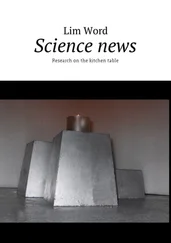
Already on September 17, the Red Army and British units are in Tehran. A month later, having formed a loyal government (of course, now no one connected with the Germans) the allies withdraw their forces from the capital. The country is divided into Soviet and British zones of influence. According to the peace treaty, Iran is declared an ally of Britain and the USSR. The parties undertake to withdraw all troops within six months after the cessation of all hostilities. This operation has a prehistory – the occupation of Iraq by Great Britain. Action: May, 1941, landing of the expeditionary force in Basra, air force strikes against airfields, railway and other facilities. The Germans are trying to come to the aid of their allies, but, why not without due enthusiasm and scope. As a result, the British establish control over Iraq’s oil fields, and in the future – they are given the opportunity to conduct a stable corridor for military supplies to the USSR. Photo – Soviet and British officers (in characteristic shorts and cork helmets) communicate near the armored car BA-10. Iran, August 1941.
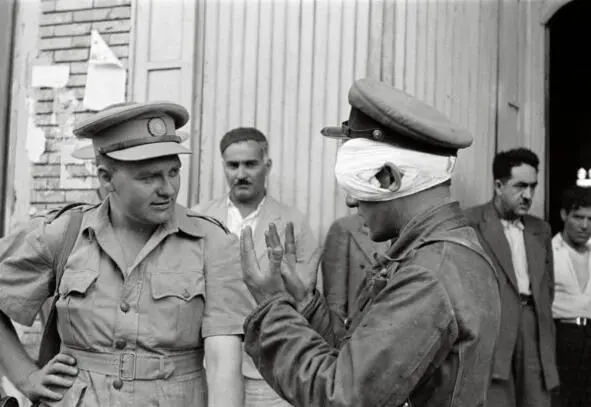
Losses of the parties in the Anglo-Iraq war. Britain – 1200 people, 30 aircraft, Iraqis – 8,500 troops, as well as 20 German, 4 Italian aircraft. Losses during the occupation of Iran: the USSR – 50 people irretrievably, 3 aircraft. Britain – 25 people, 8 aircraft. Iran – 800 troops and 300 civilians. The outcome of the operation “Consent” is the almost unimpeded delivery of more than 5 million tons of military cargo to the belligerent USSR. A small additional bonus to the Union – a significant part of the grain harvest of Northern Iran is spent on subsistence for the army. But now, in the autumn of 1941, the seizure of a considerable country of the East seems to be only a small drop of honey in a huge barrel of tar.Photo – British correspondent Alan Michi talks to the wounded in the course of the battle with the Iranians, a Soviet officer
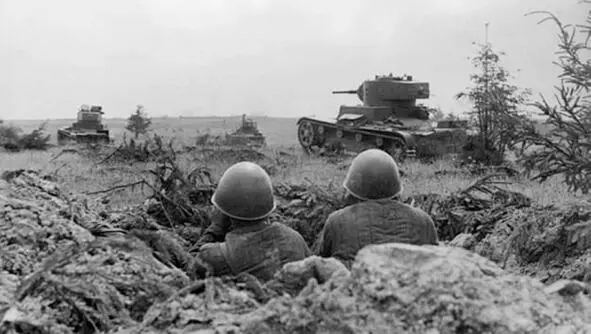
The defense near Smolensk, 1941, July 10 – September 10. In the background – tanks T-26
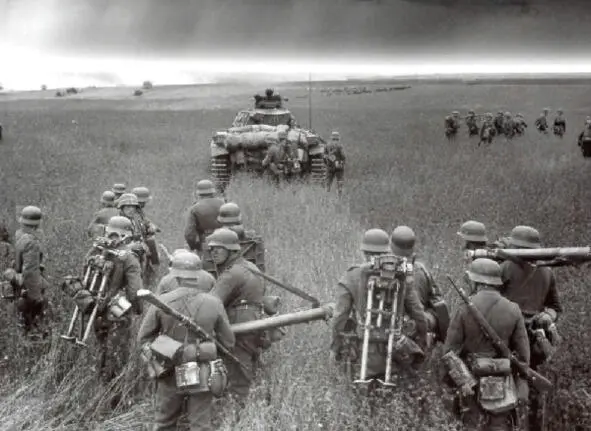
The offensive of the German fascist troops near Smolensk, autumn 1941. Infantry with all the equipment, mortar men and T-4 tank of the first releases
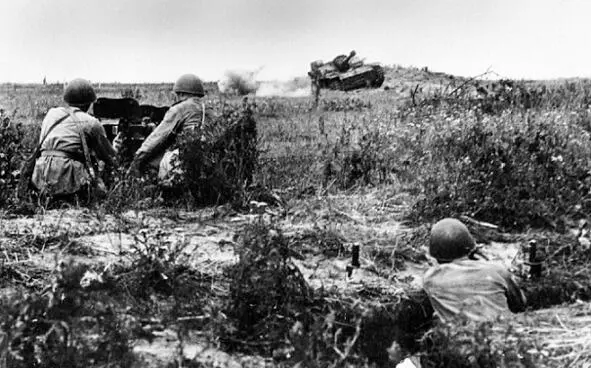
Soviet gunners with 45 mm. gun. Surroundings of Smolensk, autumn 1941
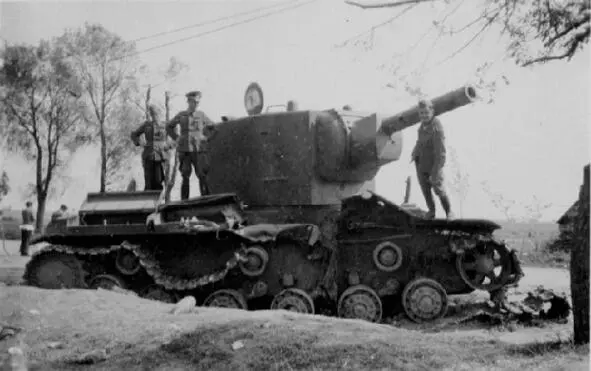
German military inspect the Soviet tank KV-2 with a broken chassis. Even without enemy shells, the heavily loaded chassis of the KV-1 and KV-2 tanks often fail
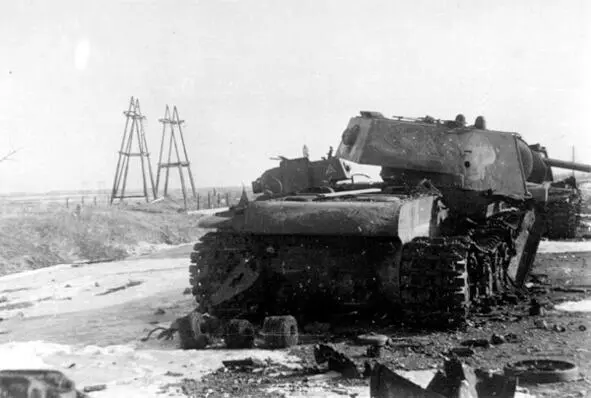
Broken, probably by hitting an air bomb, the KV-1 tank. The main advantage of the Wehrmacht at this stage of the war is the high coordination between the various kinds of troops. In the composition of infantry, tank, and other combat units, there are necessarily airmen directing the Luftwaffe to the target, without additional negotiations with the commanders of the flight units
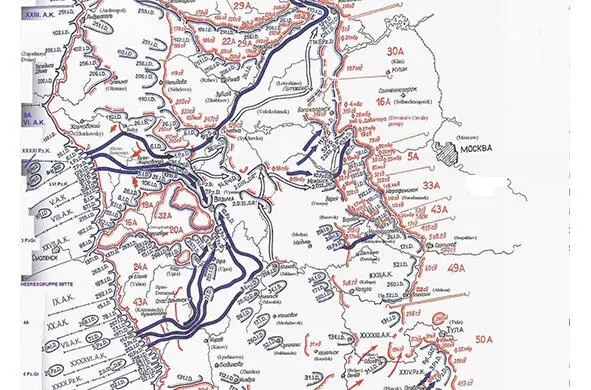
Vyazemskaya defensive operation, October 2—13, 1941 To the west of Vyazma the forces of Army Group Center are surrounded by four Soviet armies. Irrevocable losses of the Red Army – 250 thousand people, and 600 thousand prisoners. The losses of the Wehrmacht are unknown. Before Moscow there are now only scattered small groups of Red Army
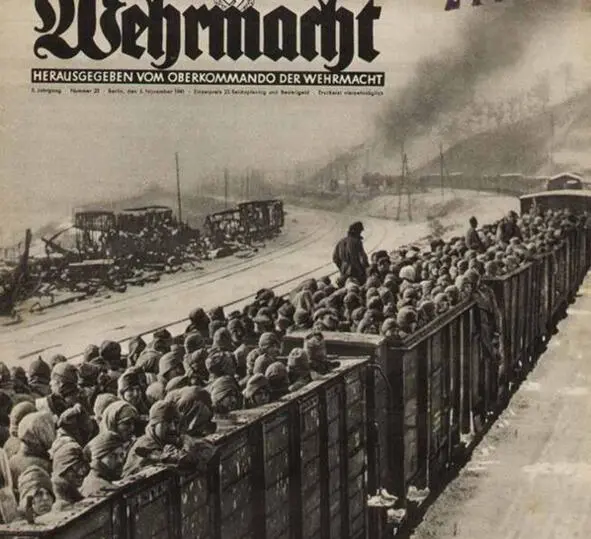
Transported in freight cars, captured in Vyazma boiler Soviet soldiers. Photo on the cover of the German newspaper
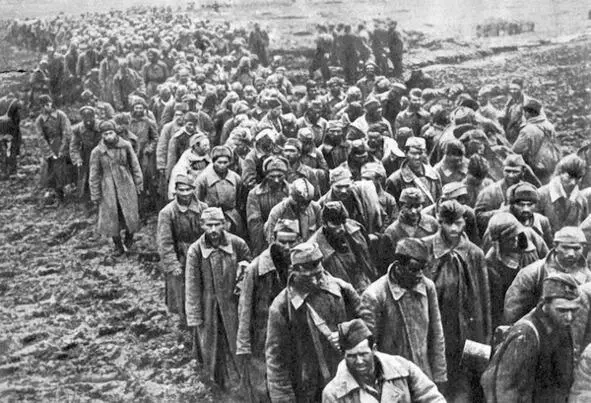
Prisoners of Vyazma boiler
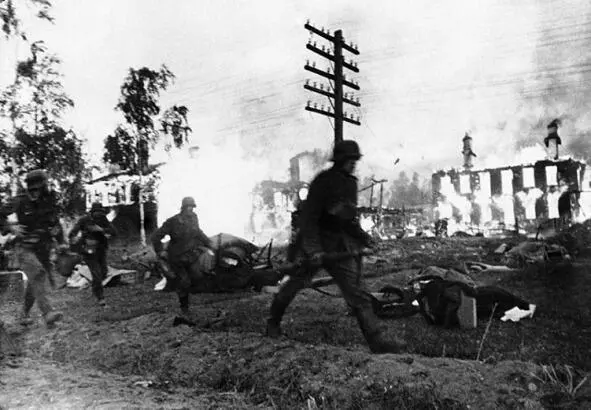
Soldiers of the Army Group “North” in the suburbs of Leningrad. The offensive is somewhat delayed and the inhabitants of the city manage to create the necessary fortifications. Also, the heavy tanks KV-1 and KV-2, produced by the Kirov plant

Since September 8, 1941, Leningrad, the second largest city in importance and importance of the USSR, as well as the adjacent territories are surrounded
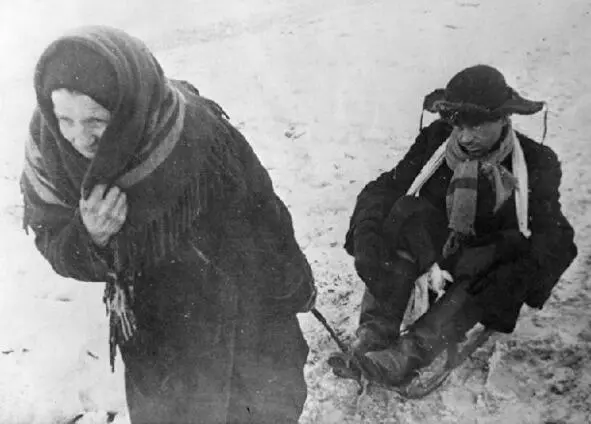
The norms for issuing bread, the main or only food product, during the first two months of the blockade are reduced by five times. Since November 20, the minimum rate of bread delivery (employees, children and dependents) is 125 grams. Workers engaged in manual labor receive 250 grams of bread a day. In the photo – probably close relatives. It is believed that men suffer hunger worse than women
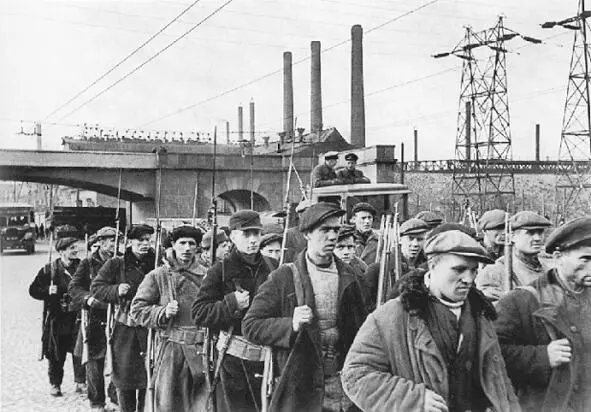
Some of the workers, not engaged in military production, go to the front. In this photo are workers of the Kirov plant. The fortification line is sometimes only 5 kilometers from important industrial sites, 16 kilometers away. from the Winter Palace
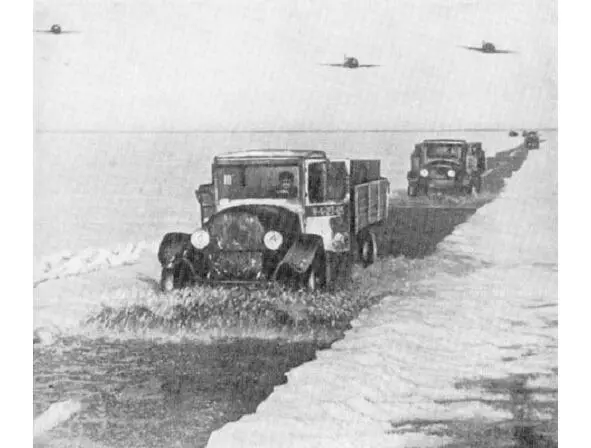
On the ice of the Ladoga Lake, in the circumvention of the positions of the Wehrmacht, the “Road of Life” is laid. Under the attacks of German aircraft, grain is imported into the city. Return flights are evacuating children. Since December 25, 1941, the rates of bread distribution have increased somewhat
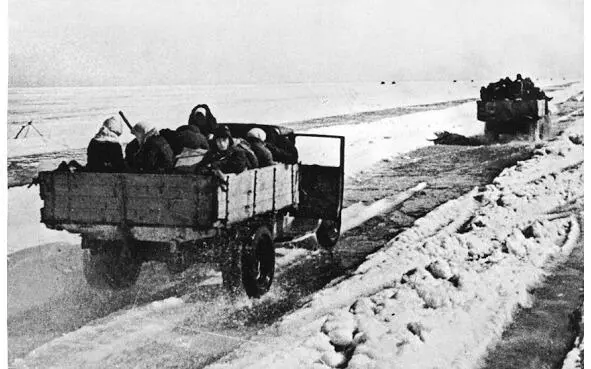
Evacuation of Leningrad residents not engaged in defense and production
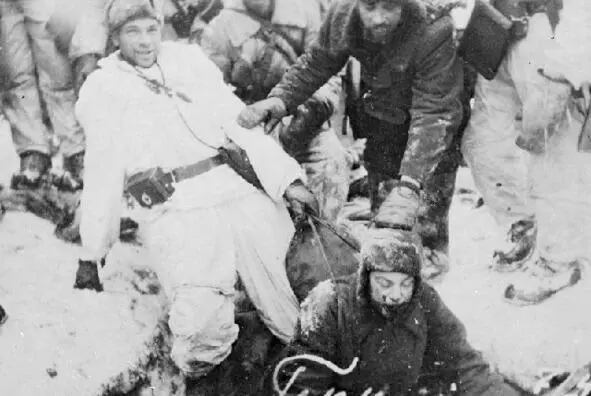
Finnish soldiers posing with torture Soviet prisoners of war, 1942. During the summer and autumn of 1941 Finland returns the territory lost in the Winter War. Further, the German-Finnish Karelian army continues the offensive, seizes Petrozavodsk and blocks Leningrad from the North. In the occupied territories, the Finns segregate the population on a national basis. Also, all responsible Soviet employees, enterprise managers, newspaper editors, policemen, etc., are sent to concentration camps. Justified hatred Bolshevik regime Finns mixed with longstanding own national aspirations. In a sense, Finland is hardly much better than fascist Germany. Ambitions of this sparsely populated country are constrained not by spiritual ideals, but perhaps only by its technical capabilities. July 30—31, an ally of the USSR, Britain, without declaration of war, inflicts air strikes on Petsamo and Kirkenes. One ship is damaged, two go to the bottom. The Air Force of England is losing 16 aircraft.December 6, 1941 Great Britain declares war on Finland.After the first defeat of the Wehrmacht, in the Battle of Moscow, Finland refuses to conduct active hostilities
Читать дальше
